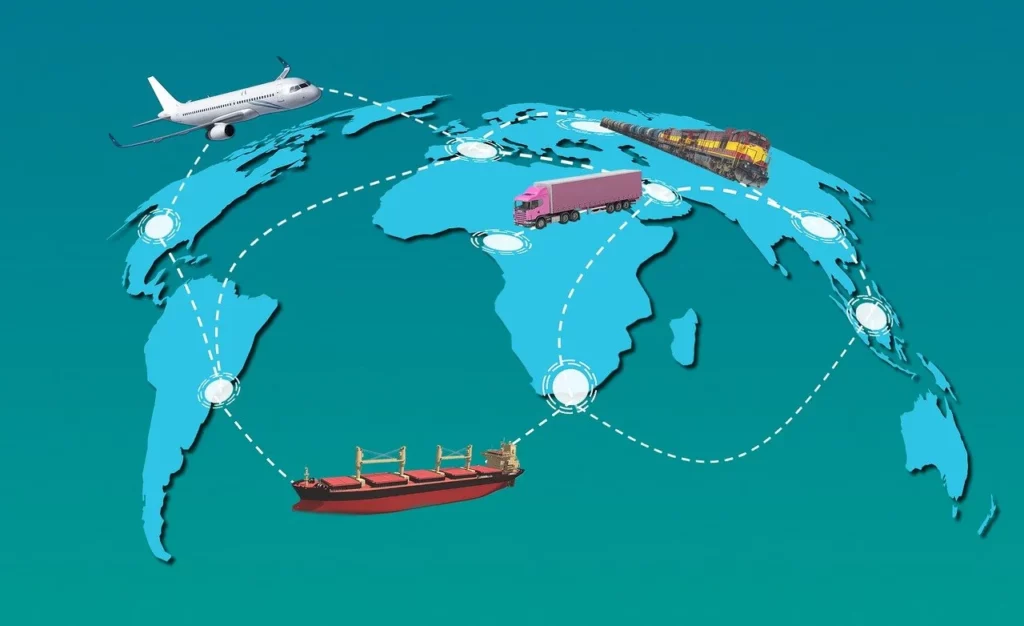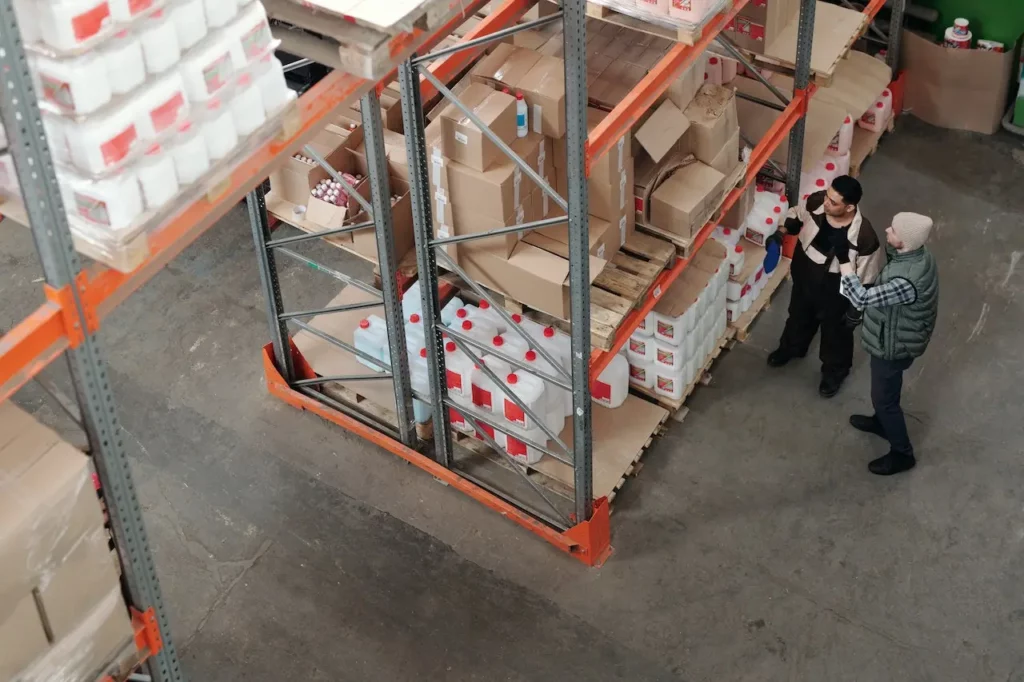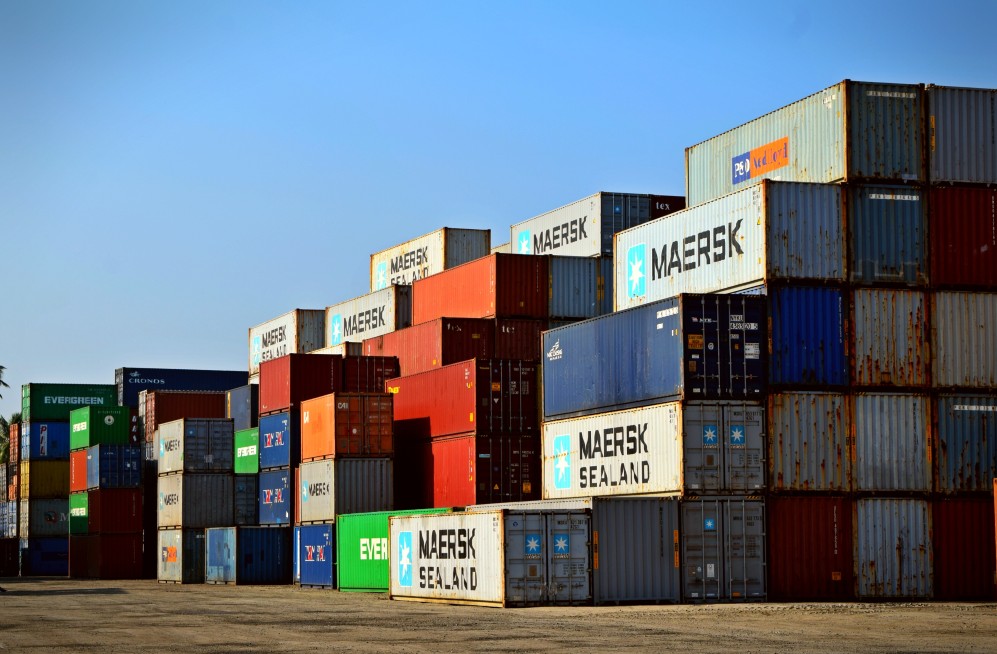
Unlocking Customer Satisfaction: Is Your Fulfilment Strategy Aligned with Expectations? | Image source: Pexels
According to our memory, the field of flexible fulfillment hit a tipping point around 15 years ago. At this point, a new age in the use of technology and fulfillment operations throughout an expanding supply chain network began.
Sending orders to a few drop shipping companies and distribution facilities was no longer sufficient. It was time to integrate the fulfillment network with the retail network, greatly boosting the potential for revenue generation and the sophistication necessary to do so.
Many retail CEOs have folded their arms throughout these years of change and said, “My store associates will never take the time to put a shirt in a box.” But in the end, the significant rise in revenue and margin increases proved to be simply too strong to ignore.
It is challenging to manage a successful and efficient fulfillment operation from retailers for a variety of reasons. Labor, inventory accuracy, and split shipping are a few examples. But in this post, we’ll focus on what is arguably the trickiest and most important topic of all: how to place inventory in the “Omni” consumer era across the entire network.
Prior to the “Omni” consumer, the majority of retail businesses ran two entirely different channels. Stores were planned, assigned, restocked, and conducted business with customers fully independently from the digital channel when it comes to inventory planning and optimization.
The digital channel generally included one or more specialized locations, which strangely were frequently organized and run like a separate physical location.
Imagine a portion of the demand that would have been met by the digital distribution center being brought into the supply chain and now manifesting up as demand in a physical location to understand the disruptive effect of the omni-consumer and the resulting ship-from-store programs.
When attempting to define what precisely falls under the category of a digital transaction, the situation becomes even more unclear. Visiting a nearby store to look at the merchandise but not making a purchase? Do considerable online research before choosing drive-thru pickup for quickness as opposed to delivering to your address.
In the end, “omni” consumer behavior across all channels necessitates operational excellence in two critical areas: first, much more sophisticated demand forecasting and inventory deployment strategies; and second, the capacity to continuously assess the condition of each stock unit in the network and adjust the order fulfillment algorithm’s decision-making accordingly.
Let’s start with inventory deployment and demand forecasts. We must comprehend the primary causes for which the majority of retailers have launched an in-store fulfillment program in order to comprehend why this procedure over the past ten years required a complete reinvention.
We like to divide these motives into two groups: those that are largely motivated by the retailer’s aim to fully and profitably monetize their owned inventory, and those motivated by the desire to provide customer service and convenience.
If we acknowledge that consumer behavior has changed over the past ten years, preferring that a portion of their online order fulfillment be carried out in a store near them — traditional BOPIS (Buy Online, Pick Up in Store) or drive-thru pickup — or delivered on the same day, then logically, demand that would have previously been met by a carrier delivering products from a shelf in a distribution center must now be met by store inventory and local labor in some way.
Another factor centered on the customer experience is the ambition to even ship ground service from stores to deliver more purchases within two work days.
The demand forecasting algorithm must now shift some of the digital demand away from the Distribution Center and toward specific stores due to the increased popularity of in-store pickup and ship-from-store (same-day and ground deliveries).

Unlocking Customer Satisfaction: Is Your Fulfilment Strategy Aligned with Expectations? | Image source: Pexels
The fulfillment algorithm of the order management system must decide which physical retailer to send an order from if the consumer now directs their digital demand to a particular one. In order to maximize sales while simultaneously lowering overall order fulfillment costs, inventory must now be moved from the distribution center to the storefronts.
We have only discussed the reasons why moving certain demand and supply farther up the supply chain, to stores rather than distribution hubs, is necessary to improve the customer experience so far. Now let’s examine the aspects of the retail business that make in-store shipment necessary.
The capacity to maximize gross margin across the network during the selling season is the most crucial element.
There will always be stock units at less-than-ideal locations throughout the season because no demand forecasting method can foresee the future with absolute accuracy. The best solution to the “problem items” challenge is to link digital demand to retail inventory.
Why? As a result, the local supply/demand matching issue (i.e., local demand meeting shop inventory) becomes a more global issue (i.e., the network as a whole, encompassing all stores, driving digital demand).
In addition to allowing markdown items to be sold at a higher price, connecting both requests greatly lowers the possibility that an item will be offered at a discount.
Avoiding markdowns is a crucial component that is currently the least practiced in the retail industry. This tactic necessitates constant communication—one might even argue unification—between order fulfillment and inventory optimization algorithms, which route orders 24 hours a day.
When it comes time to route the next order, the order management system algorithm goes beyond the most basic factors (stock availability, transportation costs, availability, labor cost, delivery time, etc.) and takes into account the current health—or difficulty level—of each unit for fulfillment. This is made possible by the effective coordination between these two AI-based processes.
One can, for instance, do this to avoid a future markdown that would really end up costing the retailer much more in absolute terms by trading a little bit more shipping or delivery time.
The initial inventory planning process, the inventory health management process throughout the selling season, and the digital demand fulfillment optimization process must all be integrated for inventory management in the era of omni-consumers.
The potential to capture as many sales as possible that require omni fulfillment (BOPIS, same day, ship from store) while lowering operating expenses and boosting gross profit on each transaction is increased by this unification, during the inventory’s lifetime.














